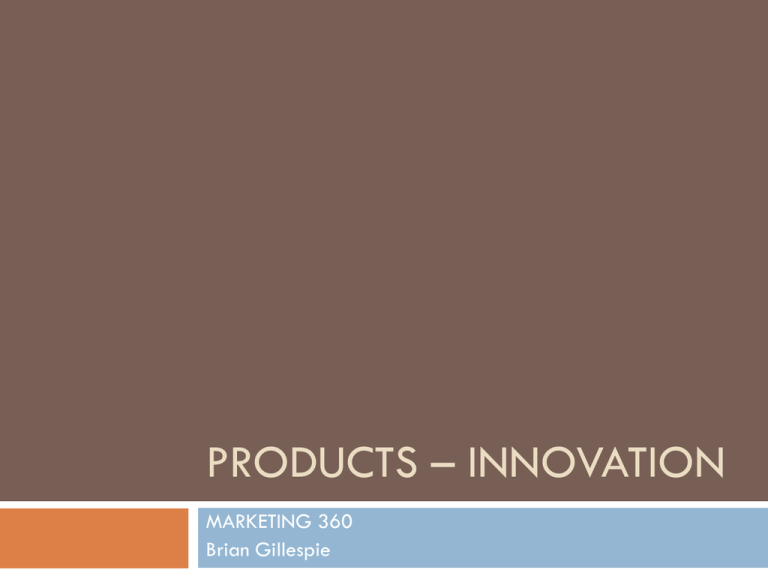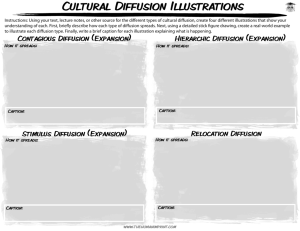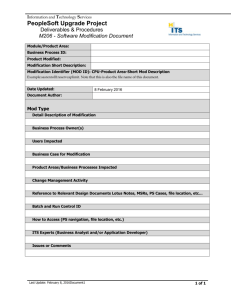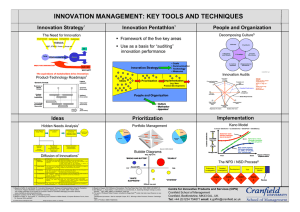Creating the Product
advertisement

PRODUCTS – INNOVATION MARKETING 360 Brian Gillespie Innovation Something perceived by consumers to be new or different Typically purchased by a few, then spreads through population Diffusion of Innovation Poor Innovations Types of Innovation Continuous Innovation Dynamically Continuous Innovation Discontinuous Innovation Continuous Innovation Modify existing product to set it apart No new learning or behavior modification needed Knockoff products Copies existing product with a few changes Dynamically Continuous Innovation Pronounced modification to an existing product Moderate learning or behavior modification needed Convergence products When two technologies come together to create more than the sum of its parts Discontinuous Innovation New product that changes the way we live Major learning or behavior modification needed What Type of Innovation is This? What Type of Innovation is This? http://www.cb.wsu.edu/~bgillespie/InnovationExamples.htm Product Development Idea Generation How can we meet unmet needs? Product Development Develop initial product concept so it can be focus grouped Evaluate technical feasibility Rough estimate of market sales potential Develop Marketing Strategy Including choosing the product name and slogan Develop 4p’s Do more market research Product Development Business Analysis Full-scale assessment of viability and potential demand by financiers Further analyze competing offerings Identify differential benefit Will product fit in product line or cannibalize existing product offerings? Product Development Technical Development Refine the product using prototypes, focus groups and market research with intended target markets Streamline/simplify manufacturing Create the distribution plan for each channel to the consumer Product Development Test Market the product in Limited Markets Try out distribution, advertising, in-store displays and promotions, in sample test markets (e.g. Spokane, San Diego, Denver) Can be very expensive Gives your competitors a “sneak-peak” at your new product Test Marketing Where should these product be test marketed? Product Development Commercialization Full scale roll-out Launch the new product into full production, incent retailers, pay slotting fees Diffusion Process in which a product spreads through a population Diffusion can also be social in nature Importance of boiling water before consumption in third world countries Importance of birth control in teens and adolescents Consumer Adoption Stages From being unaware to becoming loyal consumers Consumers “drop out” at each stage Diffusion of Innovation Indicates societal acceptance of product Adopt when little/no risk, when necessary, or due to social pressure The same consumer can be at different levels – for different product categories Factors that Affect Adoption Rates Relative advantage Perceived differential benefit Compatibility does it fit in with target markets’ lifestyle and related products? Blue ray players play DVDs Complexity/Ease of Use Hard to use = Trialability Can you try before buying it? Observability Will referents observe you using the product? Will you score status points? Perceived Risk possibility of losses











